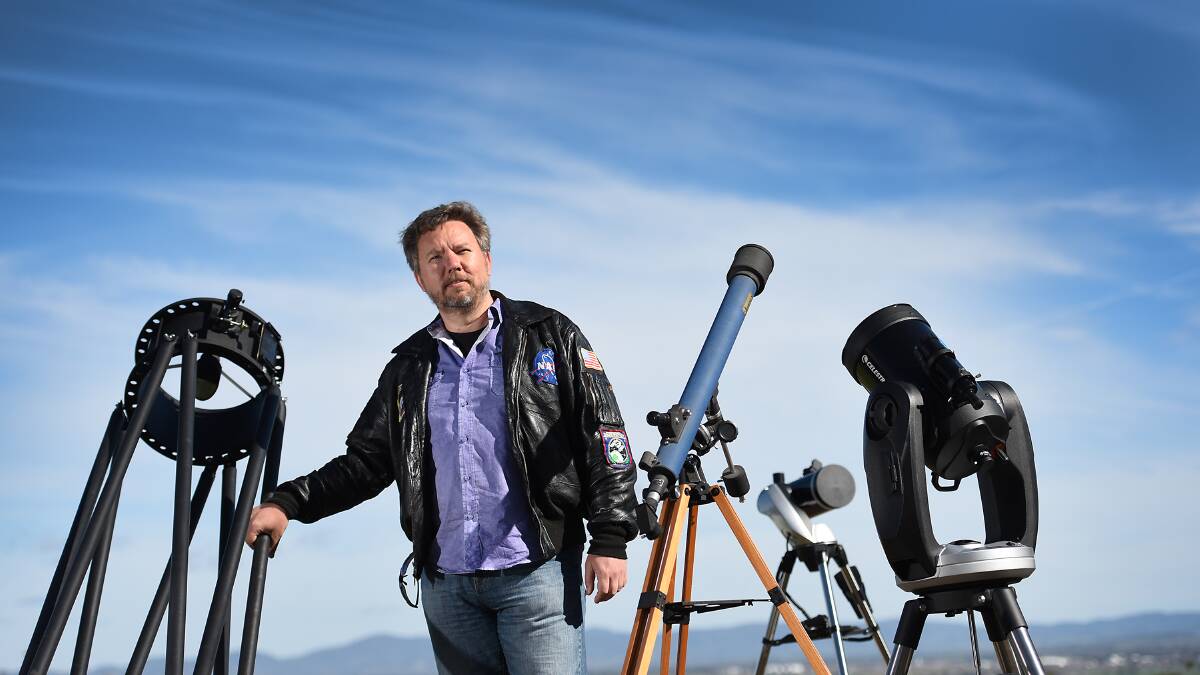
THE pitch-black star-studded skies above Tamworth always inspired Stephen Kane.
Subscribe now for unlimited access.
$0/
(min cost $0)
or signup to continue reading
Every time the former Tamworth High School student stared in to the deep unknown, he would ask himself the age-old question: “is there life elsewhere in the universe?”
That question drove him to where he is today – a world leader leading expert on planetary habitability, searching for new planets with NASA.
When The Leader spoke to him in 2014, he had just made a groundbreaking discovery of a new planet, described as the most likely to host life outside of Earth.
The planet, dubbed Kepler 186f, is roughly the same size as Earth, exists in the “habitable zone” and could have liquid water on its surface.
“This is the smallest planet we’ve found so far in the habitable zone,” Dr Kane said.
“There seems to be a transition that occurs at about 1.5 times the Earth’s radius, such that if the planet is larger, then it starts to develop a very substantial atmosphere very similar to what we see in the gas giant planets in our own solar system.”
Over his career, he’s discovered several hundred planets, many of them potential habitable.
Dr Kane is an honorary member of the Tamworth Regional Astronomy Club and a big supporter of the group’s recently announced $1.8m Victoria Park facility, which will include a state-of-the-art observatory.
Dr Kane said the Victoria Park observatory would “be of great use to NASA’s ongoing science” – such as looking for habitable planets revolving around other stars.
“There’s a lot of projects coming up that use facilities all around the world – where it’s daytime somewhere, we need it to be nighttime somewhere else, so we can keep doing our work,” Dr Kane said.
“These projects are the kind students can be involved in, working on them alongside their teachers and side by side with scientist who are helping them along.”


